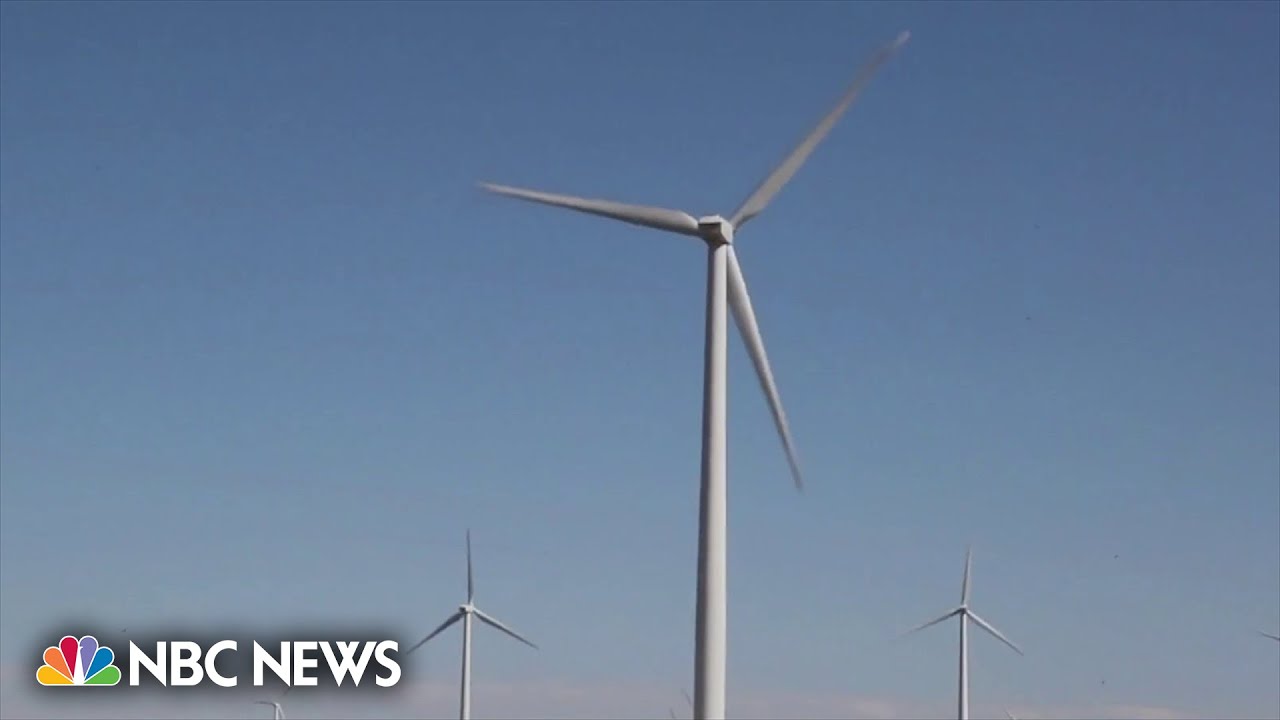
The Emergence of Renewable Energy in Texas
Texas, often associated with its vast oil reserves and natural gas production, is experiencing a significant transformation in its energy landscape. The rise of renewable energy sources, particularly wind and solar power, has become a defining characteristic of the state’s energy policy and economic development. This article explores the factors contributing to this shift, the challenges faced, and the future of renewable energy in the Lone Star State.
Understanding Texas’s Energy Landscape
Historically, Texas has been the leading state in the production of fossil fuels, but recent years have seen a notable shift towards renewable energy sources. The state’s energy grid, managed by the Electric Reliability Council of Texas (ERCOT), is one of the most innovative and flexible in the country, allowing for a seamless integration of renewable energy.
The Role of Wind Energy
Texas is the largest producer of wind energy in the United States, accounting for over 25% of the nation’s total wind energy capacity. Several factors have contributed to this surge:
- Abundant Resources: Texas boasts vast open spaces and favorable wind conditions, particularly in the western and coastal regions.
- Technological Advances: Improvements in turbine technology have made wind energy more efficient and cost-effective.
- Investment and Infrastructure: Substantial investments in wind farms and transmission infrastructure have facilitated the growth of wind energy.
Solar Energy’s Growing Influence
In addition to wind, solar energy is rapidly gaining traction in Texas. The state receives some of the highest levels of sunlight in the country, making it an ideal location for solar power generation. Key aspects of solar energy’s rise include:
- Declining Costs: The cost of solar panels has decreased dramatically, making solar installations more accessible to homeowners and businesses.
- Government Incentives: State and federal incentives, such as tax credits and rebates, have encouraged the adoption of solar energy.
- Community Solar Projects: Initiatives that allow multiple users to benefit from a single solar installation have expanded access to solar energy.
Policy and Regulation Supporting Renewable Energy
The growth of renewable energy in Texas can also be attributed to supportive policies and regulations. The state has implemented various measures to promote clean energy sources:
- Renewable Portfolio Standards (RPS): Texas has no formal RPS, but market forces and competitive pricing have encouraged utilities to invest in renewable sources.
- Interconnection Standards: ERCOT has established interconnection standards that facilitate the integration of renewable energy into the grid.
- Tax Incentives: The Texas Property Tax Code allows for the tax exemption of renewable energy systems, reducing the financial burden on investors.
Economic Impacts of Renewable Energy in Texas
The transition to renewable energy has not only contributed to environmental sustainability but has also had significant economic impacts:
- Job Creation: The renewable energy sector has created thousands of jobs in Texas, ranging from manufacturing and installation to maintenance and operations.
- Investment Opportunities: Texas has attracted billions of dollars in investments for renewable energy projects, stimulating local economies.
- Energy Independence: By diversifying its energy sources, Texas enhances its energy security and reduces reliance on fossil fuels.
Challenges Facing Renewable Energy in Texas
Despite the impressive growth of renewable energy, Texas faces several challenges that could hinder further progress:
- Intermittency Issues: The variable nature of wind and solar energy poses challenges for grid stability and reliability.
- Regulatory Hurdles: While the state has supportive policies, navigating the regulatory landscape can still be complex for new projects.
- Infrastructure Limitations: Although investments have been made, the transmission infrastructure still requires upgrades to accommodate the increasing share of renewables.
The Future of Renewable Energy in Texas
Looking ahead, the future of renewable energy in Texas appears promising. Several trends are likely to shape the landscape:
- Increased Energy Storage: Advances in battery technology will enable better storage of energy, helping to mitigate intermittency issues.
- Community Engagement: As more communities become aware of the benefits of renewable energy, local initiatives and projects are expected to rise.
- Technological Innovation: Continued investment in research and development will drive innovations that improve efficiency and reduce costs.
Community Initiatives and Grassroots Movements
Community-driven initiatives are playing an essential role in promoting renewable energy in Texas. Local organizations and advocacy groups are working to educate residents about the benefits of renewable energy and encourage adoption. These grassroots movements are vital for:
- Raising Awareness: Community campaigns help inform citizens about the environmental and economic advantages of renewable energy.
- Supporting Local Projects: Grassroots efforts often lead to the development of local solar farms or wind energy projects that benefit the community directly.
- Policy Advocacy: Engaged citizens can influence local and state policies to create a more favorable environment for renewable energy investments.
Conclusion
Texas is at a pivotal moment in its energy transition. The rise of renewable energy is not just a trend; it represents a fundamental shift in how the state approaches energy production and consumption. With its abundant natural resources, supportive policies, and growing public awareness, Texas is well-positioned to become a leader in renewable energy. However, addressing the challenges that accompany this transition will be crucial for ensuring a sustainable and resilient energy future.
As Texas continues to harness the power of the wind and sun, the state serves as a model for others looking to diversify their energy portfolios and embrace a cleaner, more sustainable future. The journey of renewable energy in Texas is far from over, and the next chapters promise to be as exciting and transformative as the last.

